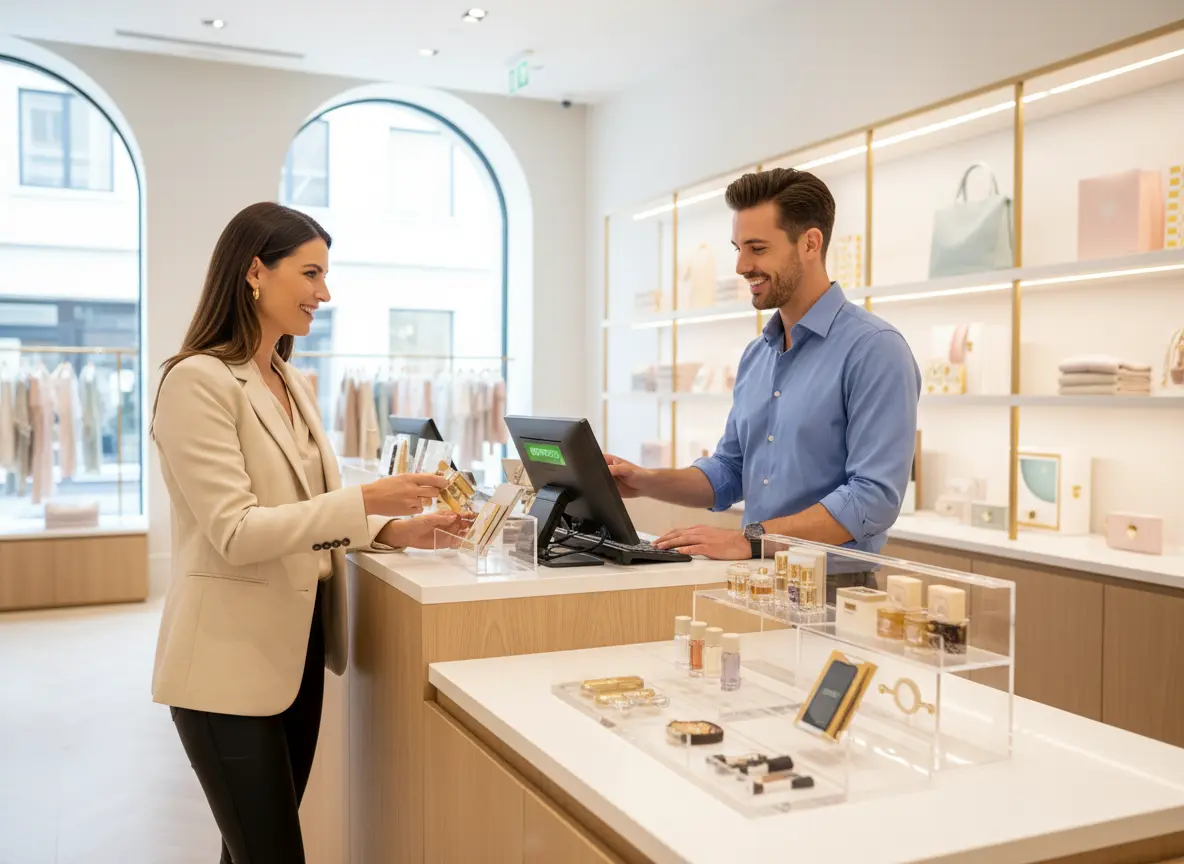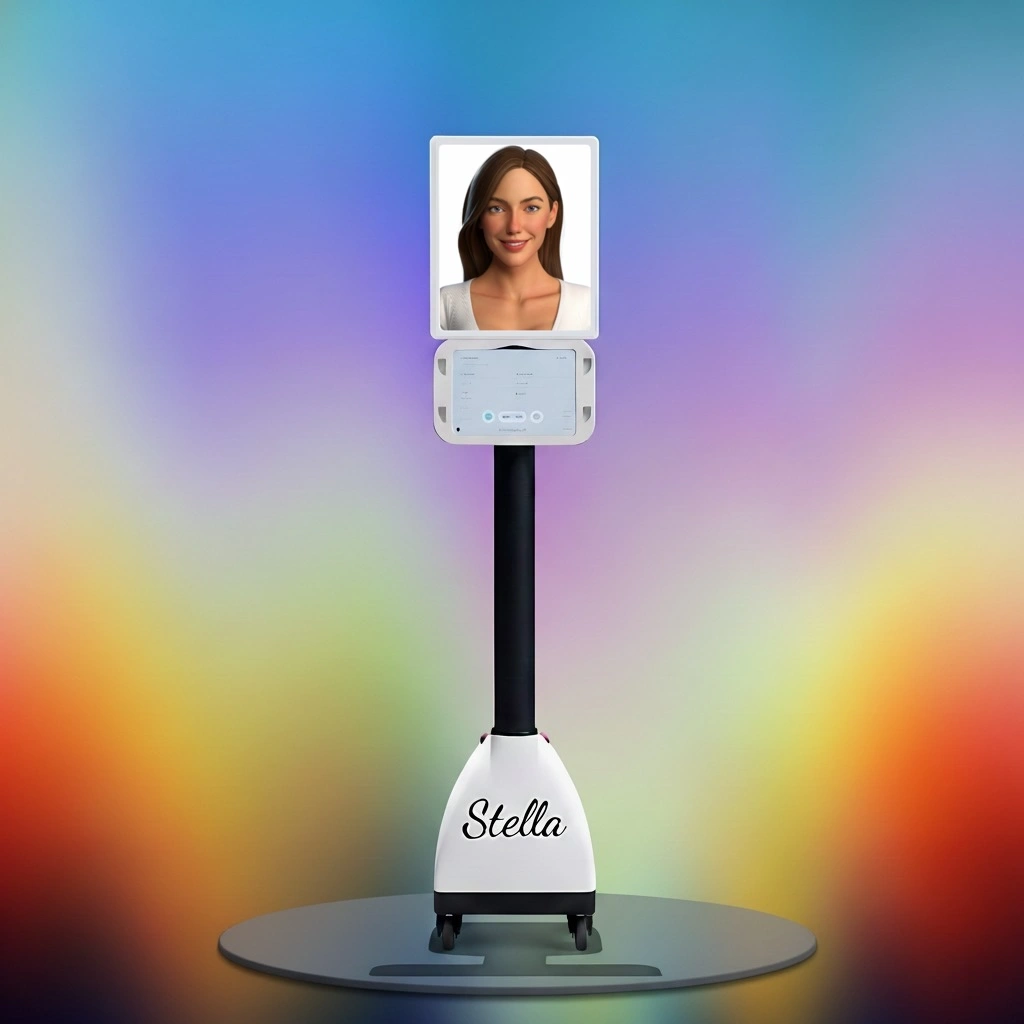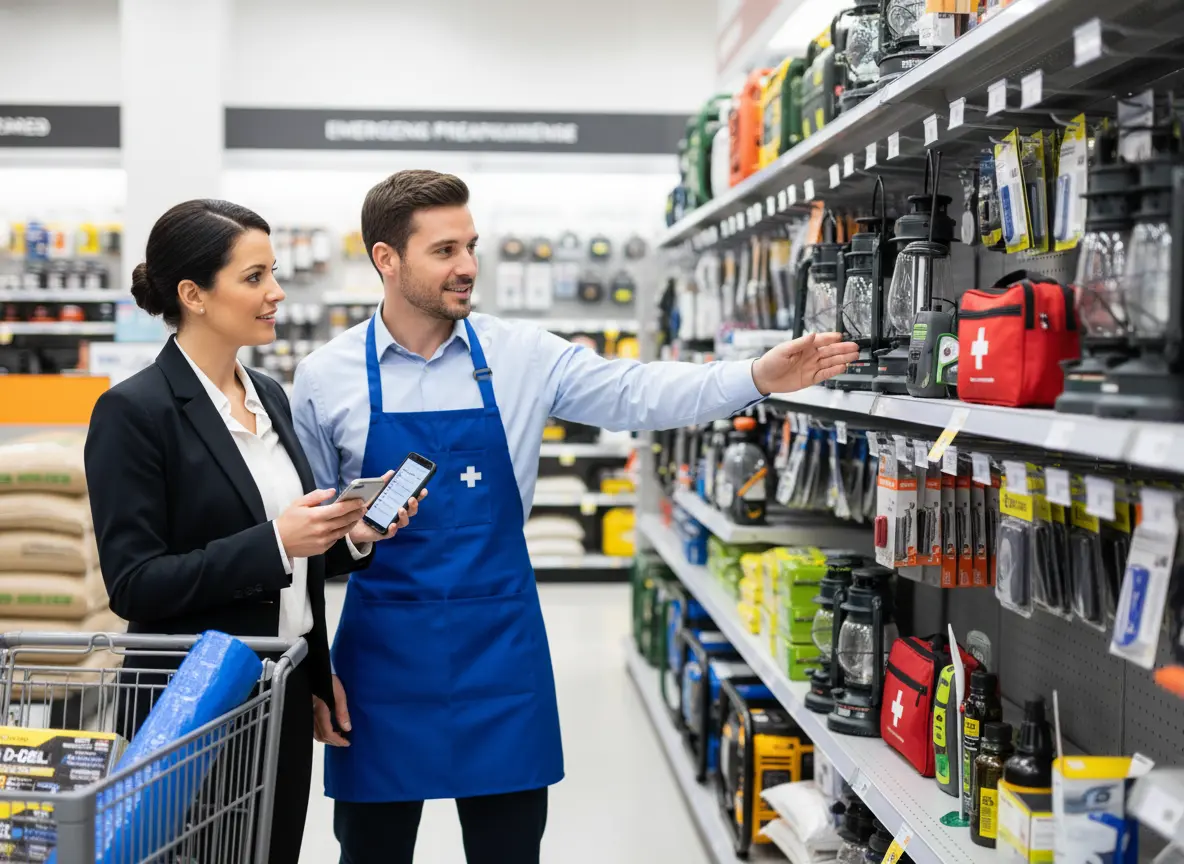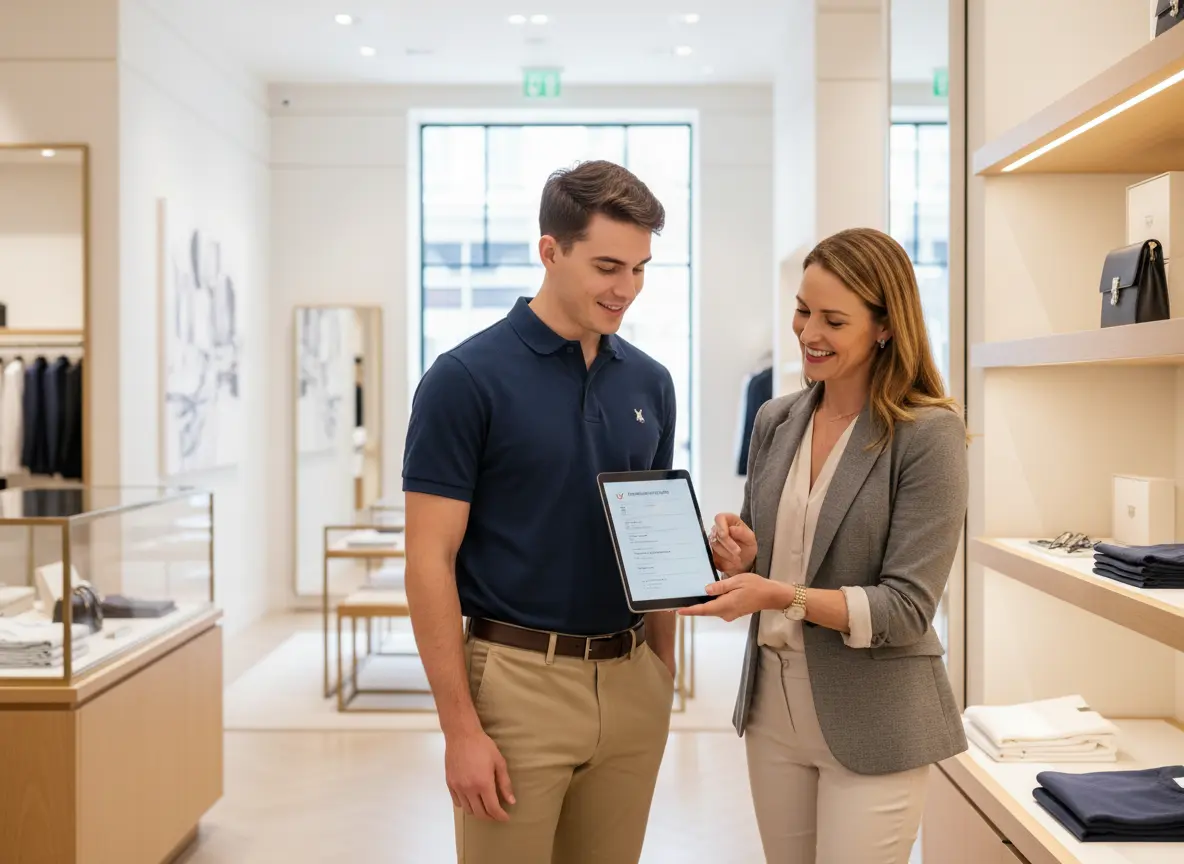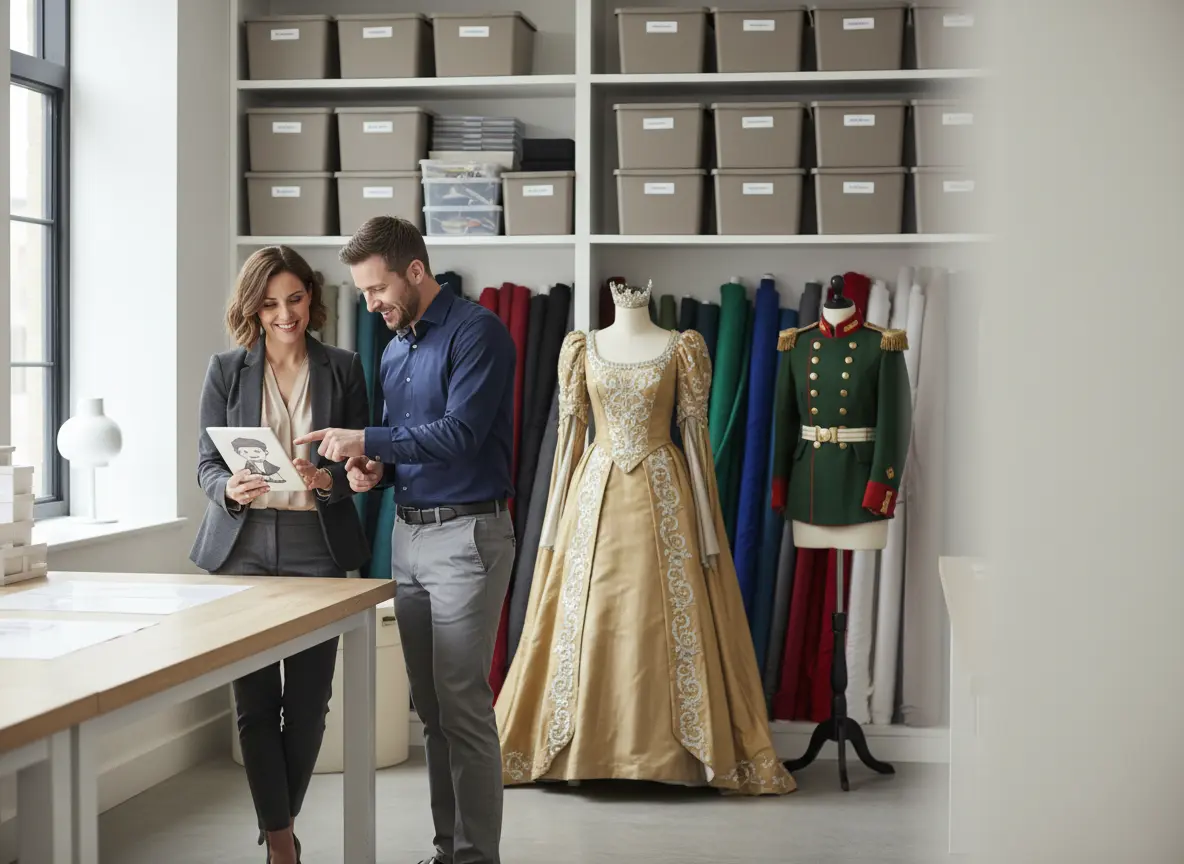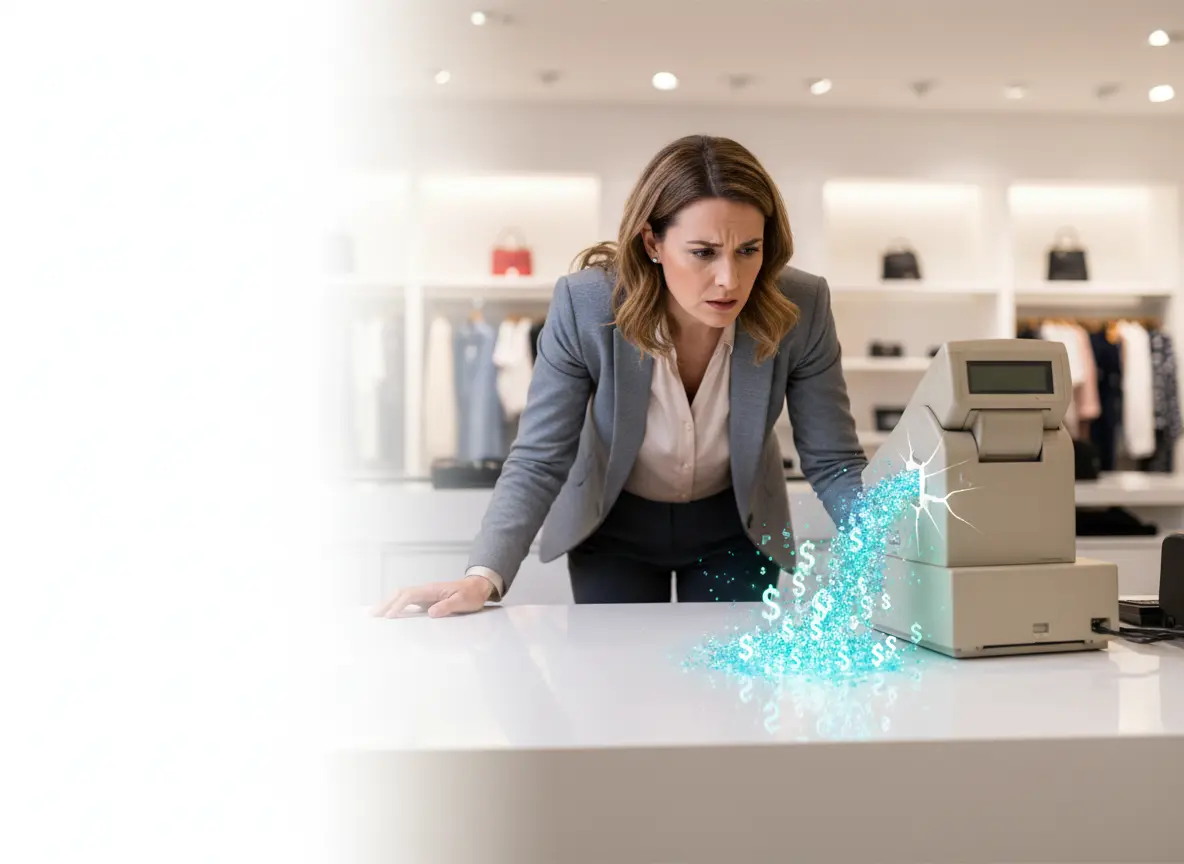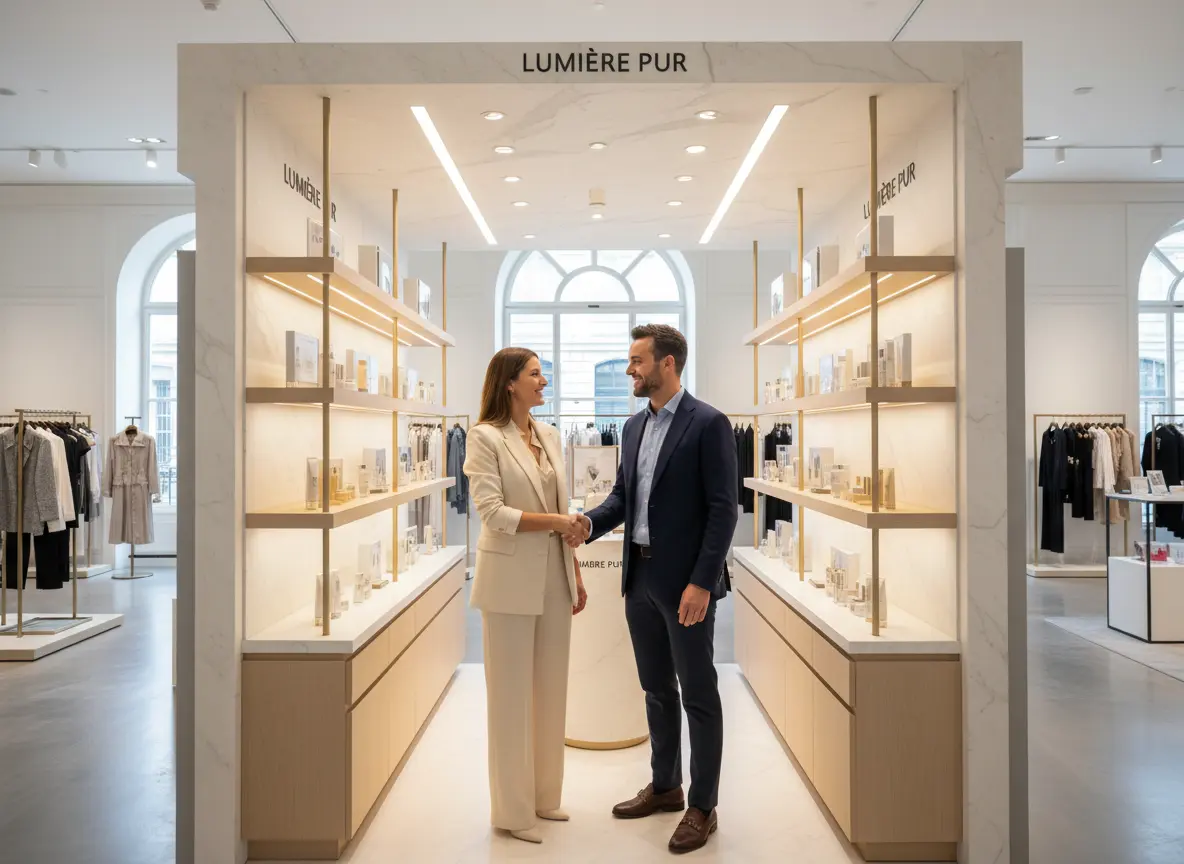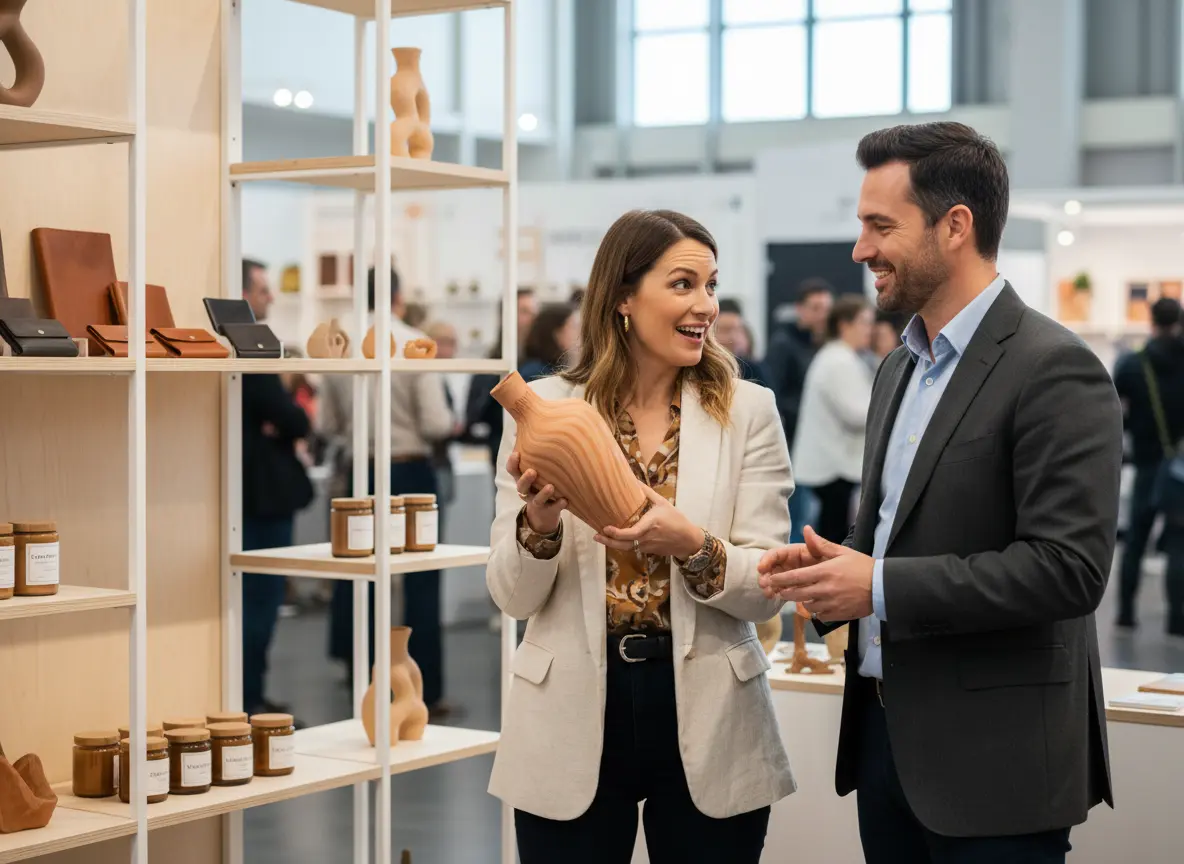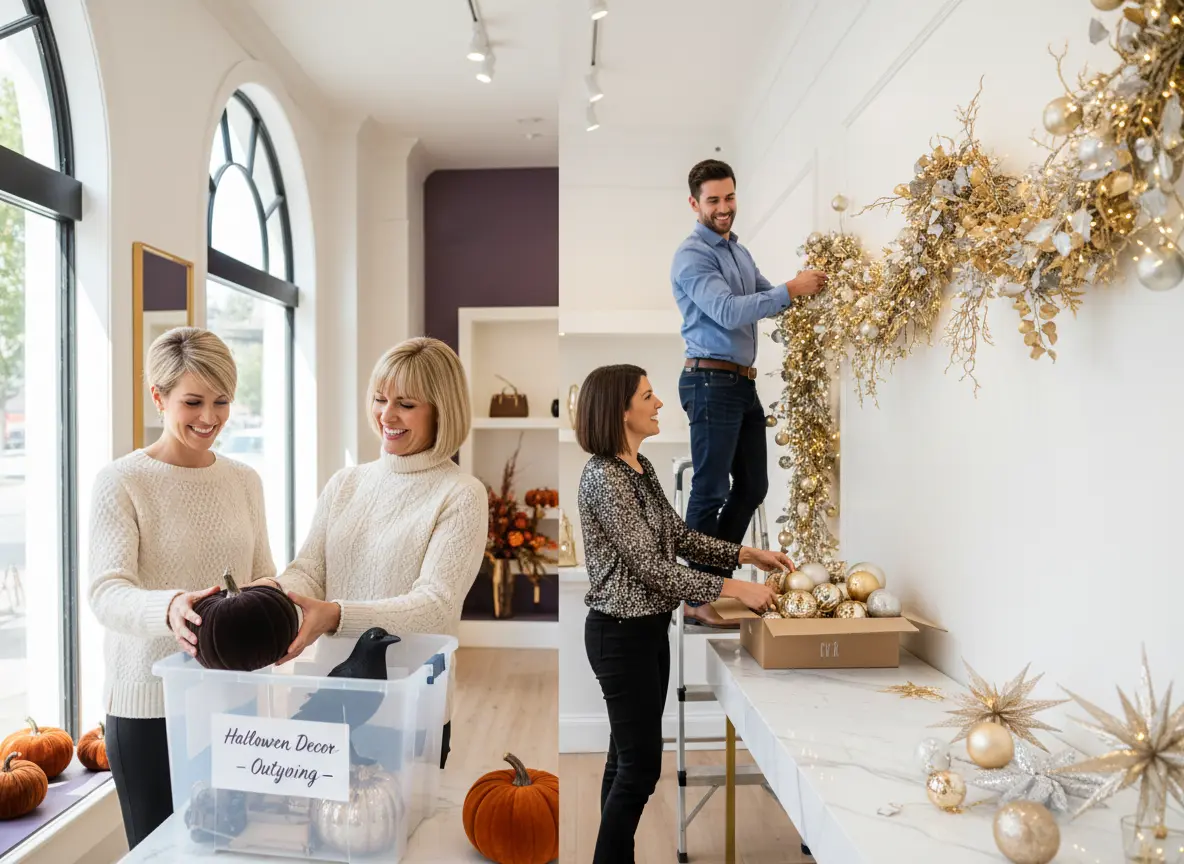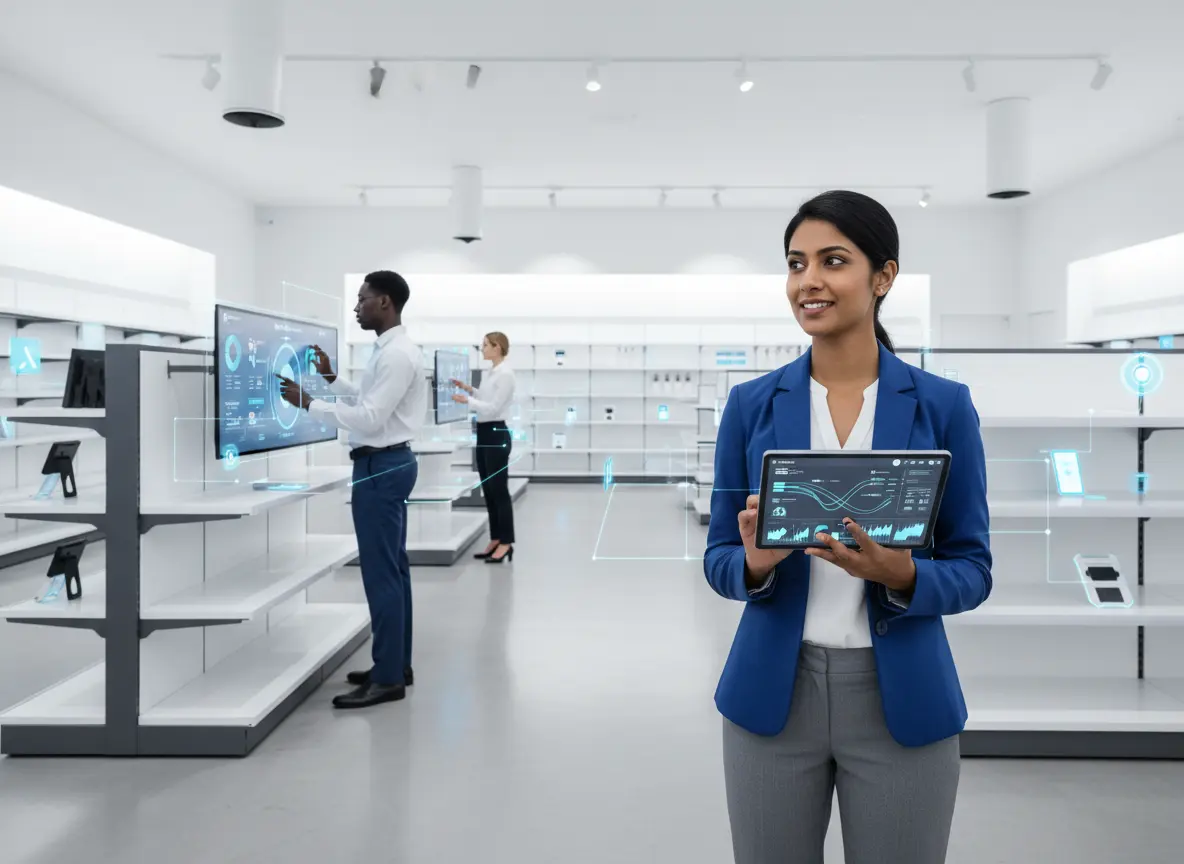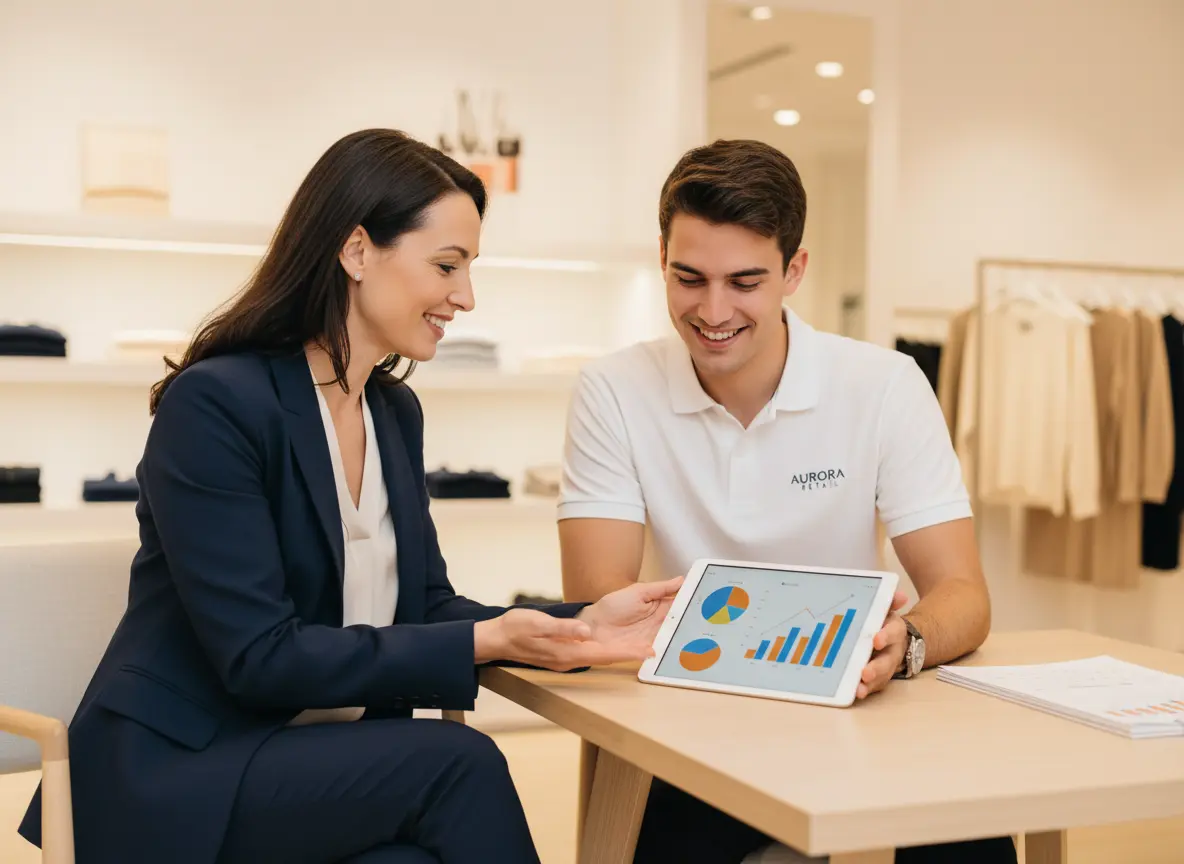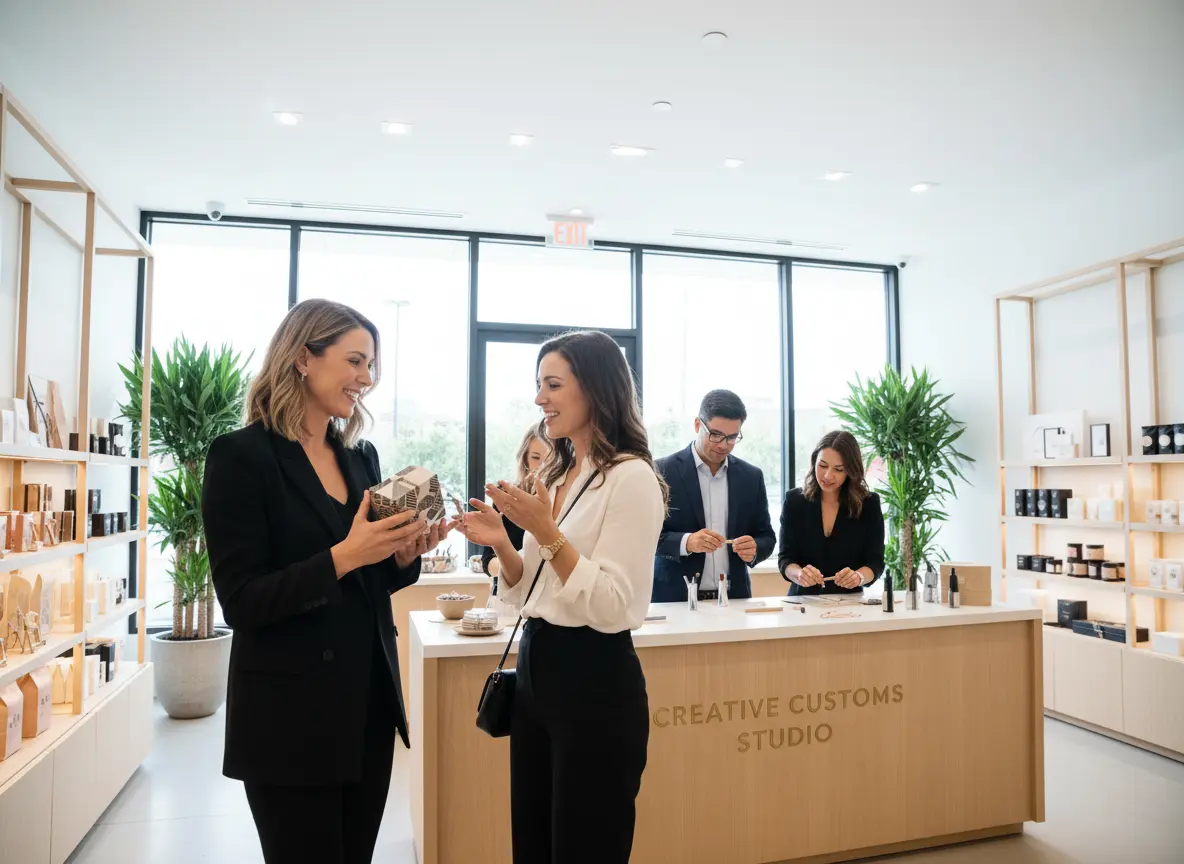Let's Talk About That Awkward Space Between the Register and the Exit
You know the one. That small patch of retail real estate where your customers stand, wallet in hand, ready to complete their sacred transaction. They’ve journeyed through your beautifully merchandised aisles, filled their basket with purpose (and maybe a few things they didn’t strictly need), and now they’ve reached the finish line. The sale is in the bag. Or is it?
Let's be honest, we often treat the checkout counter as a purely functional space. It’s where the scanner beeps, the credit card machine does its little dance, and you ask if they want the receipt in the bag. But my friend, you are standing on a goldmine. That final sixty seconds of your customer's journey is the most fertile ground for one of the most beautiful concepts in retail: the impulse buy. It's the cherry on top of the sales sundae, the encore to the shopping concert. And if you’re not actively curating that experience, you’re leaving a shocking amount of money on the table—money that customers are, frankly, quite happy to give you.
The Glorious, Predictable Psychology of the Impulse Buy
Before you start piling random knick-knacks by the register, let’s get inside your customer's head. Why do people who spent 20 minutes meticulously comparing two nearly identical shades of beige paint suddenly throw a lavender-scented car air freshener into their cart without a second thought? It’s not magic; it’s psychology. And according to a recent survey, a whopping 87% of shoppers report making impulse purchases. You're not tricking them; you're just meeting them where they are.
The "Treat Yourself" Mentality
Your customer has already made the decision to spend money. The psychological barrier is broken. They’ve committed to a $75 purchase, so what’s another $5 for a fancy chocolate bar or a quirky pair of socks? It feels less like a new expense and more like a small, well-deserved reward for the arduous task of shopping. It’s a rounding error in their mind, but a significant boost to your average transaction value. They're already in spending mode; your job is to give them a delightful, low-stakes way to lean into it.
The Primal Fear of Missing Out (FOMO)
Humans are hardwired to hate missing a good opportunity. The checkout counter is the perfect stage for a little retail drama. Items labeled "Limited Edition," "Seasonal," or "Get It Before It's Gone" create a sense of urgency that short-circuits the logical brain. A small, well-placed sign can transform a simple bag of gourmet popcorn from a "maybe next time" into a "better grab it now." This isn't just for big-ticket items; the fear of missing out on a unique, inexpensive treat is a surprisingly powerful motivator.
Decision Fatigue is Your Best Friend
After navigating your store, comparing products, and making dozens of micro-decisions, your customer's brain is tired. Their willpower is at its lowest point. This state, known as decision fatigue, makes them highly susceptible to easy, simple choices. They don't want to weigh the pros and cons of a $3 lip balm; they just want to grab it. The ideal impulse item requires zero mental energy to purchase. Is it slightly evil to capitalize on their mental exhaustion? Perhaps. Is it effective? Absolutely.
Priming the Pump Before They Even Reach the Counter
A truly masterful impulse-buy strategy doesn't begin at the register. It starts much, much earlier. The best way to ensure a customer grabs that last-minute item is to plant the idea in their head the moment they walk through the door. But you can't be at the entrance to greet every single person and whisper sweet nothings about your new selection of artisanal caramels. Or can you?
Planting the Seed with a Little Help
This is where an assistant like Stella can be your secret weapon. Imagine every customer being greeted with a warm, friendly welcome and a subtle, strategic suggestion. Stella can say something like, "Welcome! We're so glad you're here. As you shop, keep in mind we just got a new shipment of our famous hand-poured candles—they make a great gift and we have them right up front for you on your way out!"
Suddenly, the candles at the checkout aren't a random surprise; they're a callback. The customer was primed. They've been subconsciously thinking about those candles during their entire shopping trip. When they finally see them, the decision is already 90% made. Using Stella to tee up your best impulse items transforms a cold pitch into a helpful reminder, dramatically increasing your conversion rate without a single staff member having to change their workflow.
Curating the Perfect Checkout Counter Collection
Okay, so you've embraced the psychology and you're ready to prime your customers. Now for the fun part: what do you actually put in this magical space? Tossing your slow-moving inventory there and hoping for the best is a recipe for a cluttered, ineffective mess. Curation is key.
The Holy Trinity of Impulse Items
Not all impulse items are created equal. To build a powerful display, you should aim for a mix of these three categories:
- The Grab-and-Go Necessity: These are the things people genuinely forget they need. Think batteries, hand sanitizer, gum, mints, or chapstick. They solve a small, immediate problem and require no thought.
- The Tiny Indulgence: This is the "treat yourself" category. High-quality chocolates, a mini scented candle, a fancy beverage, a single-serving face mask, or a fun sticker. These items should feel special, affordable, and provide a little dopamine hit.
- The Novelty or Seasonal Item: This is where you inject personality and urgency. Quirky socks, a weird-flavored soda, holiday-themed trinkets, or a local artisan's small-batch product. This is the section you should rotate frequently to keep things interesting for your regulars.
Keep It Fresh, Keep It Tidy
A cluttered, dusty, or disorganized checkout counter screams "bargain bin," not "curated collection." It creates friction and anxiety at the exact moment you want the purchase to feel frictionless and delightful. Make it someone's daily responsibility to tidy up the display, restock items, and wipe it down. Rotate your products every few weeks, especially the novelty items. If a customer sees the same sad, slightly crushed box of chocolates every time they visit, they're going to ignore it forever. A clean, well-lit, and organized display signals value and makes the products infinitely more appealing.
Pricing is Everything (and Nothing)
The price point for impulse items is a delicate art. The sweet spot is generally under $15, with the sub-$5 range being the most potent. The goal is for the price to be low enough that the customer doesn't have to think about it. It should feel like adding a tip, not a new line item on their budget. However, the *presentation* of the price is just as important. Instead of pricing an item at "$3.50," try "2 for $7." This encourages multiple buys and feels like a better deal, even if the per-unit price is the same. The perceived value is what you're selling, not just the product itself.
A Quick Reminder About Your Most Reliable Employee
While you're perfecting your point-of-sale strategy, remember that the entire customer journey matters. An in-store assistant like Stella ensures every single shopper feels welcomed and informed from the moment they arrive, freeing up your human staff to provide amazing, in-depth service where it counts most.
Conclusion: Your Checkout Counter's To-Do List
Your checkout counter is more than just a piece of transactional furniture; it's the final, crucial step in maximizing every single customer's visit. Stop treating it like an afterthought and start treating it like the strategic sales tool it is. By understanding the psychology behind the impulse buy, thoughtfully curating your product selection, and priming customers for the purchase, you can turn that small space into a surprisingly powerful revenue engine.
So here's your homework: go stand at your own checkout counter. Right now. Look at it from a customer's perspective. Is it cluttered? Is it boring? Are the products compelling? Identify one thing you can change this week to make it better. Whether it's adding a new "tiny indulgence," creating a "2 for $10" deal, or simply giving it a good cleaning, that one small step is the beginning of tapping into your checkout goldmine.
